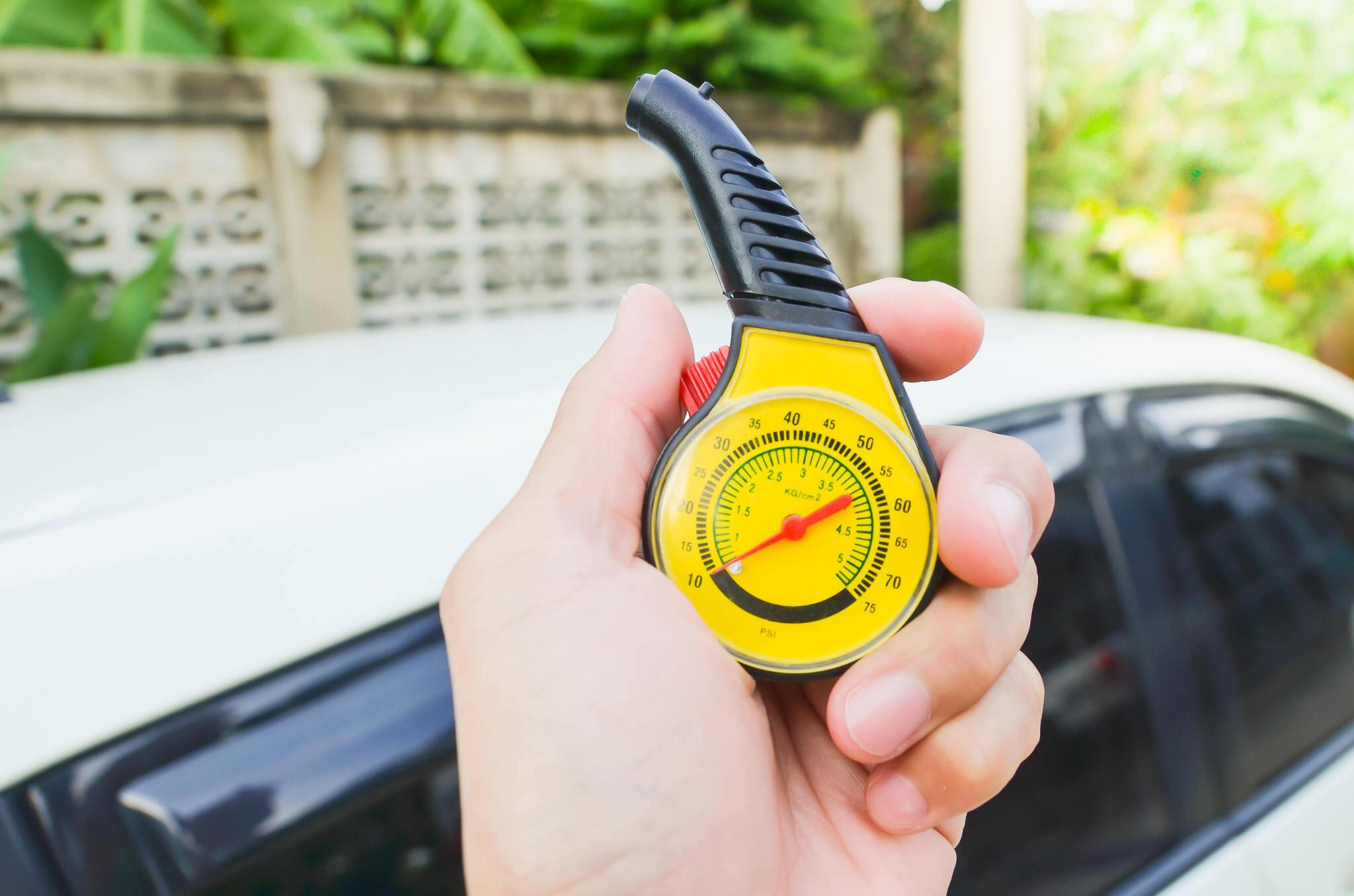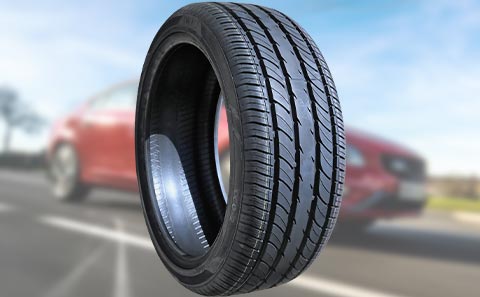Last Updated on August 1, 2025
Why Snow Tires Are Essential in Northern Regions
The United States has one of the most diverse climates in the world, from Florida’s subtropical heat to Alaska’s polar conditions. But for most of the country, winter means one thing – cold and snow. While some areas only experience light snowfall, others get hit with full-on snowstorms, extremely low temperatures, and icy roads. With almost half of the US population being affected by snow at some point, having the right winter tires is critical. So let’s break it down.
The Snowiest Regions
There are 16 states in the USA that receive significant snowfall yearly. Alaska, of course, holds the title for the lowest temperatures of all the states. However, when it comes to snowfall, that title goes to New Hampshire, with a jaw-dropping 172 inches of snow each year. Other snow-heavy states include Maine, with 92 inches, and Vermont, with 81 inches annually. States like Michigan and New York regularly see over 60 inches of snowfall, while Ohio, Pennsylvania, and Wisconsin see around 40 to 50 inches yearly.
Buffalo, New York, for example, saw a record-breaking snowfall ranging from 5-7 feet of snow in just three days back in 2014 (with the National Weather Service referring to the storm as “epic”). Whether you’re in the Great Lakes region or New England, winter demands serious preparation—and that starts with your tires.
Why Winter Tires Are Non-Negotiable
For the 90 million people living in those snow-prone states, freezing temperatures, snow, and ice are an integral part of their daily commute from November to April each year. Although the all-season tires can get the job done in mild conditions, they are not nearly as good as the winter tires and cannot cope when temperatures dip below freezing. Winter tires (or studded tires) are specifically engineered to tackle the worst winter can throw at you, and here’s why.
Winter tires are made from rubber that remains flexible even in extreme cold. Unlike summer or all-season tires, which harden in the cold and lose their grip, winter tires remain pliable, ensuring you keep control. This flexibility is key to better handling, steering, and braking.
What Makes Winter Tires So Capable?
In addition to the advanced rubber compounds, winter tires feature unique tread designs that enhance their performance in snow and ice. The tread pattern is designed with deeper grooves and aggressive patterns that channel snow and slush, improving traction and reducing the risk of hydroplaning. One key feature that sets winter tires apart are the sipes—tiny slits in the tread blocks that trap snow. These sipes play a crucial role in improving traction on snow-covered roads. Research has shown that snow, when compressed, bonds with itself, much like forming a snowball. The sipes in winter tires are designed to trap small amounts of snow, which then bonds with the snow on the ground, creating additional grip.
While each sipe may seem small, there are hundreds of these slits on a single tire, collectively making a significant impact on traction and safety. These small innovations add up to big benefits when you’re navigating icy, snow-covered streets.
Conclusion
If you are one of 90 million Americans living in colder regions, winter tires aren’t just an option – they’re necessary. Their flexible rubber compounds and specialized tread designs, including deep grooves and sipes, deliver superior traction and control on snow and ice. While all-season tires may seem convenient, they can’t match the safety and performance of dedicated winter tires in extreme cold. Investing in winter tires is the smart choice for staying safe on the road when conditions get extreme.
-
Automotive Specialist
-
Proofreader
-
Writer









